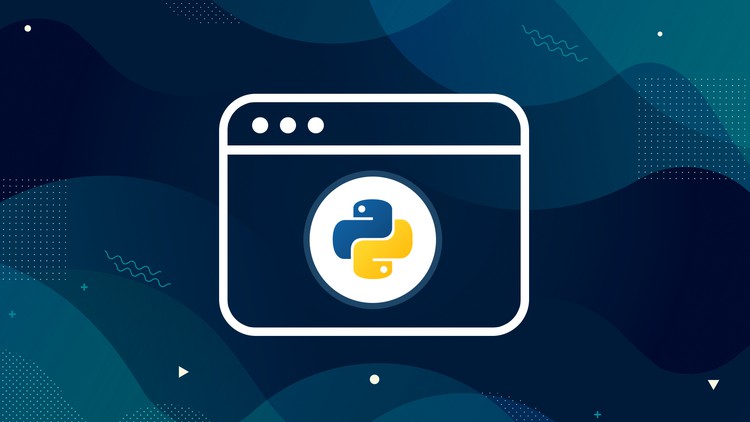
Learn the basics of python through a learning by doing model
What you will learn
Learn the basics of python programming
Begin using anaconda, jupyter notebooks and other python infrastructure
Learn about how to use functions and classes for building modular programs
Use matplotlib to create basic visualizations
Description
This course is the first in a series of courses from FinanceAndPython. It works through the basics of python and how to write your first scripts. Upon completion you will be able to move on to some of the more advanced courses such as Basic Finance, Data Science, Investments, and more! The way that this course is taught is through a learning by doing model. You will be able to follow along as coding is done live in jupyter notebooks. Problem sets are also provided with solutions for each of the sections and a github repository with all of the course notebooks. To succeed in this course it is recommended to code along and begin experimenting with your own code.
The structure of the course is:
1. Variables: The basic building blocks of programming which hold information
2. If Statements & Boolean Values: Adding in ways to understand truth in statements and act on them
3. Lists, Sets and Tuples: Data structures for holding variables
4. Loops: Building intuition of how to iterate over sets of data
5. Functions: Creating repeatable patterns of code
6. Dictionaries: Branching out to a new data structure
7. Assertions and Docstrings: Building defensive and well explained code
8. Classes: Creating templates of objects
9. Matplotlib: Visualizing data
Content